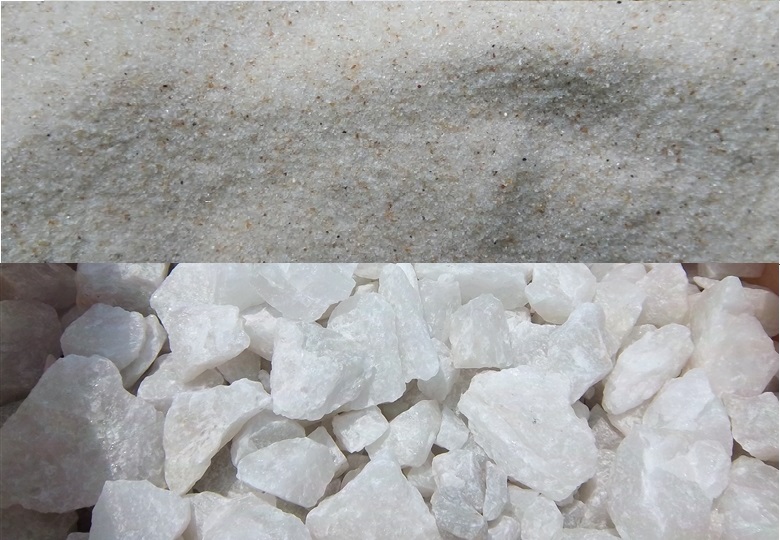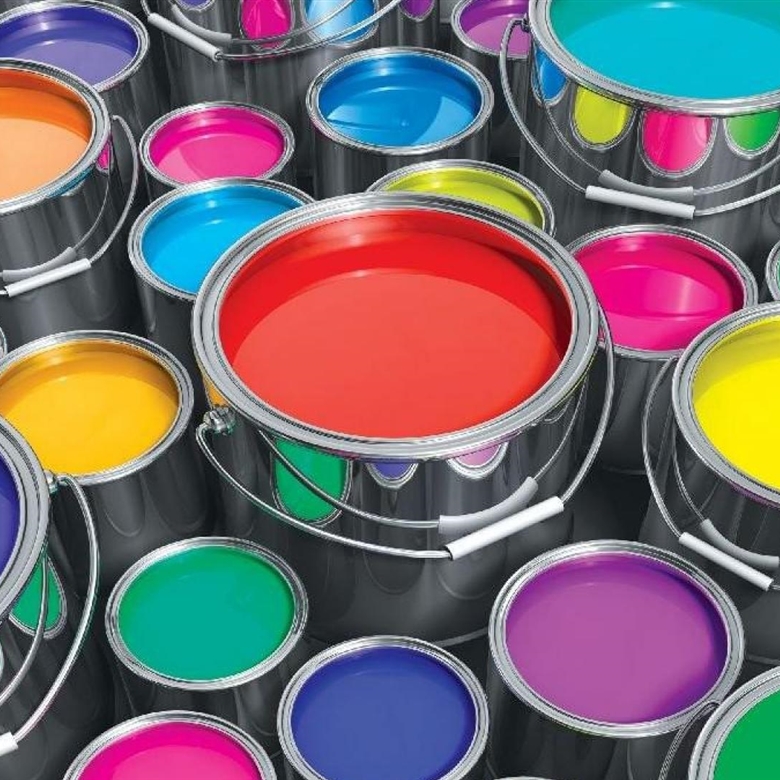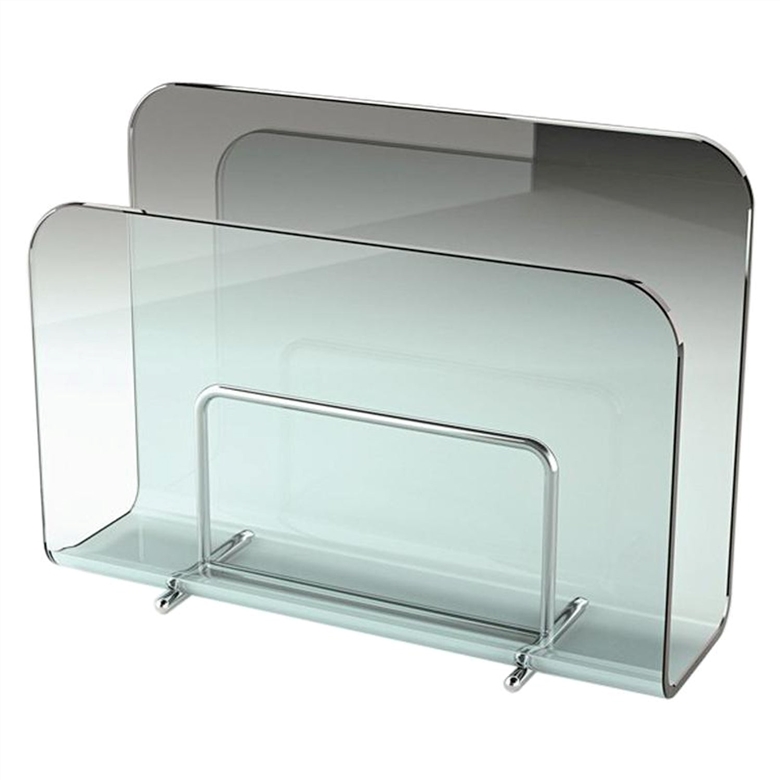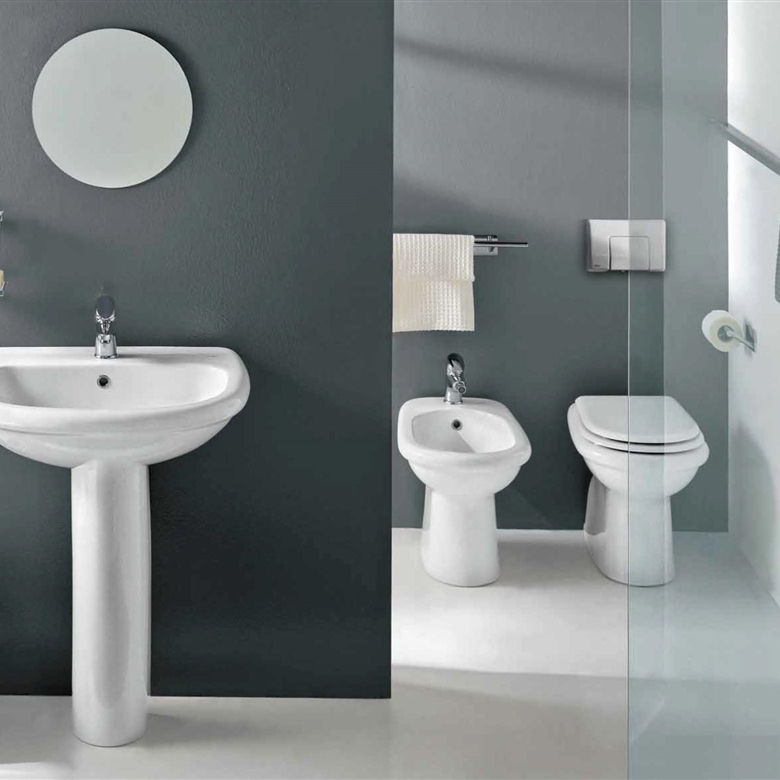Quartz Powder
Quartz is the most common mineral on the face of the Earth. It is found in nearly every geological environment and is at least a component of almost every rock type. It frequently is the primary mineral, >98%. It is also the most varied in terms of varieties, colors and forms. This variety comes about because of the abundance and widespread distribution of quartz. A collector could easily have hundreds of quartz specimens and not have two that are the same due to the many broad categories. The specimens could be separated by answers to the following questions: color?, shade?, pyramidal?, prismatic?, druzy?, twinned?, sceptered?, phantomed?, included?, tapered?, coated?, microcrystalline?, stalactitic?, concretionary?, geoidal?, banded?, etc. Multiple combinations of these could produce hundreds of unique possibilities. Quartz is not the only mineral composed of SiO2. There are no less than eight other known structures that are composed of SiO2. These other substances and quartz are polymorphs of silicon dioxide and belong to an informal group called the Quartz Group or Silica Group. All members of this group, except quartz, are uncommon to extremely rare on the surface of the earth and are stable only under high temperatures and high pressures or both. These minerals have their own unique structures although they share the same chemistry, hence the term polymorph, which means many forms.

Technical Details
| Parameter | Percentage |
| SiO2 | + 99.6% |
| Fe2O3 | Below 0.05% |
| Al2O3 | Average 0.1% |
| CaO | Average 0.0015% |
| MgO | absent |
| LOI | Below 0.1% |




